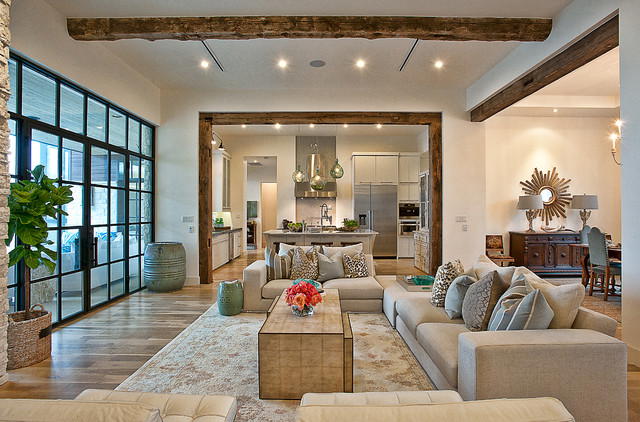The Importance of Office Decor
A well-designed office can significantly impact productivity, creativity, and employee morale. By incorporating thoughtful decor elements, you can create a space that is both functional and inspiring.
Color Psychology in Office Design
- Blue: Often associated with calmness and focus, blue can be a great choice for offices that require concentration.
- Green: Green is linked to nature and growth, making it a suitable color for offices that promote creativity and relaxation.
- Yellow: Yellow is known to stimulate the mind and boost energy levels, making it ideal for offices that require high levels of productivity.
- Orange: Orange is associated with enthusiasm and excitement, making it a good choice for offices that want to foster a positive and energetic atmosphere.
Incorporating Natural Elements
- Plants: Adding plants to your office can improve air quality, reduce stress, and create a more inviting atmosphere.
- Natural Light: Maximize natural light by using sheer curtains or blinds and avoiding heavy drapes.
- Natural Materials: Incorporate natural materials like wood, stone, and bamboo into your office decor for a more organic feel.
Creating a Functional Workspace
- Ergonomic Furniture: Invest in ergonomic chairs, desks, and monitors to ensure employees are comfortable and productive.
- Storage Solutions: Provide ample storage space for files, supplies, and personal belongings to keep the office organized.
- Cable Management: Hide or conceal cables to create a clean and clutter-free workspace.
Personalizing Your Office
- Artwork: Hang artwork that inspires and motivates your employees.
- Personal Touches: Allow employees to personalize their workspaces with items that reflect their personalities.
- Company Branding: Incorporate your company’s branding elements into your office decor to create a sense of unity and identity.
Creating a Collaborative Space
- Open-Plan Layout: Consider an open-plan layout to promote collaboration and teamwork.
- Collaboration Areas: Designate specific areas for group work and brainstorming sessions.
- Shared Spaces: Create shared spaces for employees to relax and socialize, such as break rooms or outdoor areas.
Addressing Noise Pollution
- Soundproofing: Use soundproofing materials like acoustic panels or curtains to reduce noise levels.
- Quiet Zones: Designate specific areas for quiet work or private conversations.
- Noise-Canceling Headphones: Encourage employees to use noise-canceling headphones when necessary.
Maintaining a Clean and Organized Office
- Regular Cleaning: Establish a regular cleaning schedule to maintain a clean and hygienic workspace.
- Decluttering: Encourage employees to declutter their workspaces regularly to avoid distractions.
- Waste Management: Implement efficient waste management practices to reduce environmental impact.










